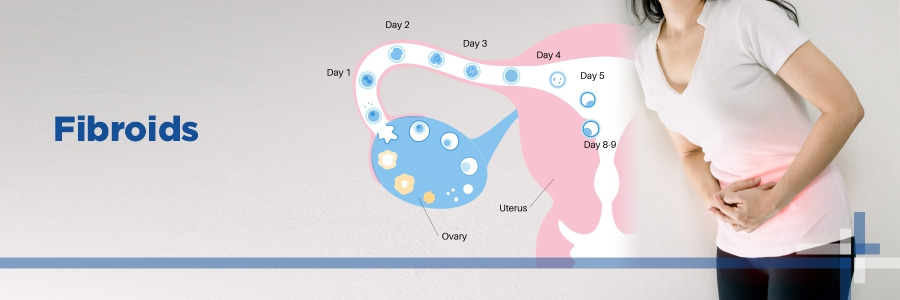The diagnosis of fibroadenoma typically involves a combination of clinical examination, imaging studies, and sometimes a biopsy. Here’s an overview of the diagnostic process for fibroadenomas:
Clinical Breast Examination: A healthcare provider may perform a clinical breast examination, feeling for lumps or abnormalities in the breast tissue. Fibroadenomas are often palpable and can sometimes be detected through this physical examination.
Breast Self-Exams: Women are encouraged to perform regular breast self-exams to become familiar with the normal feel and appearance of their breasts. Any changes, lumps, or abnormalities should be reported to a healthcare professional.
Imaging Studies: Mammogram: Mammography is an X-ray of the breast tissue. While fibroadenomas can be seen on mammograms, they are often more clearly visualized with other imaging techniques, particularly in younger women with denser breast tissue.
Ultrasound: Breast ultrasound is commonly used to visualize breast abnormalities, including fibroadenomas. It helps differentiate between solid masses and fluid-filled cysts.
MRI (Magnetic Resonance Imaging): In some cases, an MRI may be recommended for a more detailed assessment, especially if there are uncertainties about the nature of the breast lump.
Biopsy: If a lump is identified, a biopsy may be performed to determine whether it is a fibroadenoma or another type of breast lesion. There are different types of biopsies, including:
Fine Needle Aspiration (FNA): A thin, hollow needle is used to extract a small sample of tissue.
Core Needle Biopsy: A larger needle is used to remove a small core of tissue for examination.
Excisional Biopsy: The entire lump may be surgically removed and examined.
Histopathological Examination: The tissue obtained from the biopsy or excisional biopsy is sent to a pathology laboratory for histopathological examination. A pathologist examines the tissue under a microscope to determine whether it is a fibroadenoma or another type of breast lesion.
Immunohistochemistry (Optional): In some cases, immunohistochemistry may be performed on the tissue sample to analyze specific proteins and markers. This can provide additional information about the nature of the lesion.
Clinical Evaluation: The healthcare provider considers the results of the clinical examination, imaging studies, and biopsy findings to make a comprehensive diagnosis. This includes assessing the size, characteristics, and location of the fibroadenoma.
Dr. R.K. Saggu’s expertise encompasses the latest advancements in fibroadenoma treatment in Delhi,offering tailored solutions for optimal outcomes. Whether you require observation, minimally invasive procedures, or surgical intervention, Dr. Saggu ensures personalized care aligned with your unique needs.



